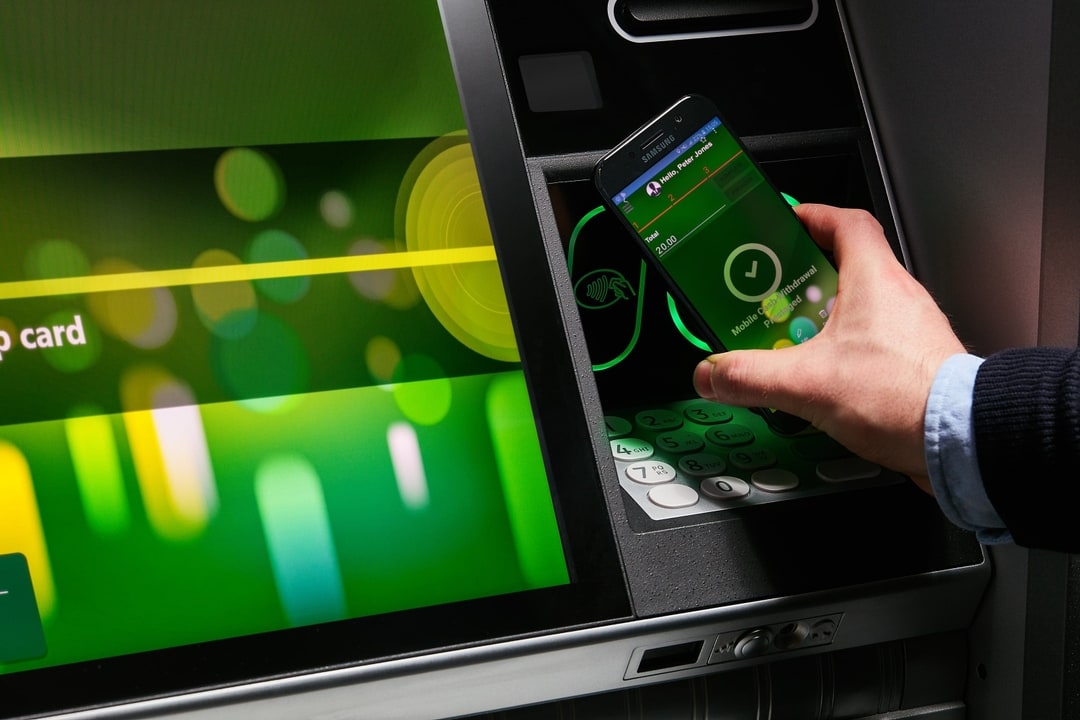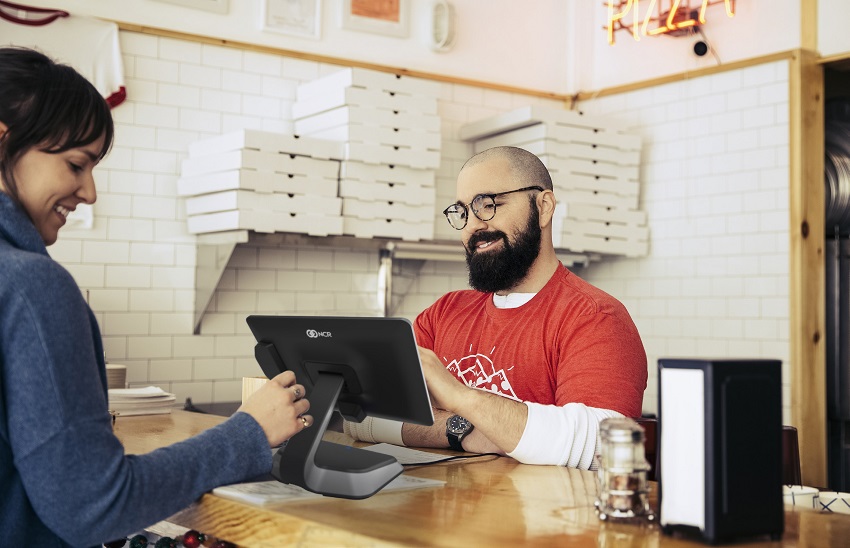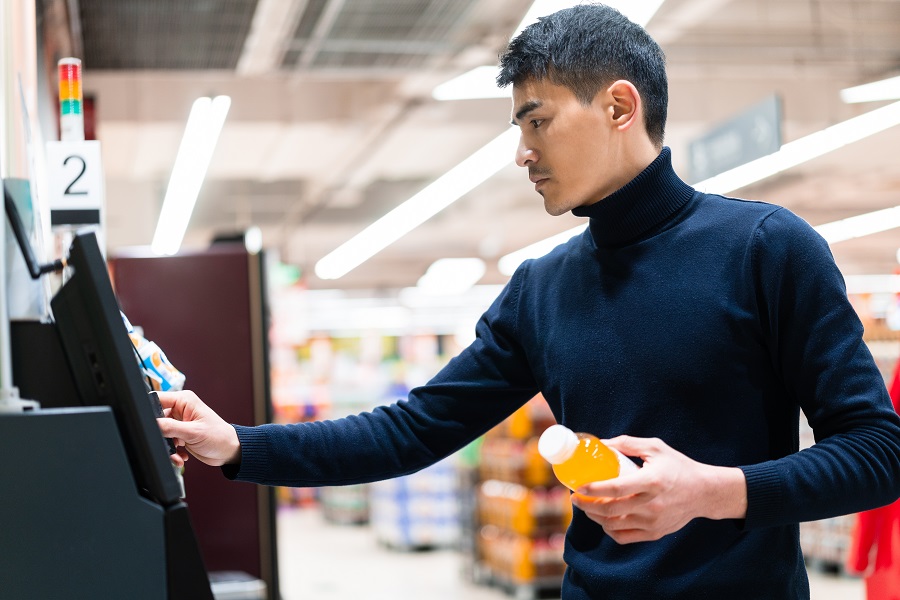The state of ecommerce in 2022
Published March 23, 2022
The ecommerce sector has gone from a bright new technology to the dominant force in retail. Understanding the latest trends will put your store in a perfect position to capitalize on the digital marketplace.
Since the first human civilizations, people have been trying to sell stuff to each other. From wax tablets to our modern digital kind, technology has helped them do it faster, more effectively and to more people. Today all the talk is about ecommerce. In just a couple of years, it has exploded in use due partly to the pandemic and the proliferation of digital technologies. Even so, there’s still a whole lot more to come. With ecommerce moving into the mainstream, 2022 is going to be a pivotal year. Here’s a look at the current state of play and where things might be going in the future.
The size of the ecommerce market
COVID-19 and the introduction of unprecedented restrictions pushed things into overdrive. By 2020, global ecommerce sales had hit $4.13tn, an 18% rise on the year before. By 2021, that had grown to $4.9tn according to Statista with the market expected to rise a further 50% over the next four years.
One of the sectors most affected was online grocery sales. This has traditionally been seen as one of those areas in which traditional approaches to shopping – namely going to the store and getting the products yourself – continue to hold sway. However, restrictions on movements, and the closure of many stores changed that. Online sales and delivery surged during the pandemic, as NCR’s latest report into the state of the ecommerce sector demonstrates. We’ve found that the ecommerce industry is growing by 23% year on year while the share in online groceries in 2021 was 13% in total – a 2% rise on the year before. Around 70% of households in the US (93 million) shopped online at least once during the year, with the total online grocery sales reaching $97.7bn.
While some of these developments have come about due to necessity, all the signs are that ecommerce is here to stay.
More than half of consumers have increased their online shopping since the COVID-19 pandemic with 90% of online shoppers saying they intend to continue shopping online after things get back to normal. Meanwhile, for 28% of the public, online-only purchases are becoming their go-to option when it comes to making their purchases.
The report further adds that “Since January 2021, the average number of orders placed by monthly active users has consistently ranged between 2.66 and 2.83, finishing the year at 2.74 orders per monthly active user in December 2021.”
Global ecommerce trends
The same trends are being seen around the world. In the EU, ecommerce penetration in goods retail has gone from 3% to 11% of total grocery sales. In the UK the online share of grocery sales reached a record 14% during 2021 spurred on by increased spending amongst older demographics which had previously been reluctant to fully embrace the idea of the online marketplace. Chinese ecommerce grew a staggering 17% over the course of the year and is predicted to be a $3.3tn industry by 2025 according to a report by Global Data.
This, then, was the big changing factor of the pandemic. Although ecommerce was already on the march and some were touting it as the future of the retail market, that future was still some way off. Progress was solid rather than spectacular with many parts of the market being noticeably keener to take up the concept than others. Older generations for example, were more likely to prefer shopping in person while younger generations were keener to embrace the new generation of ecommerce experiences.
For all the benefits and convenience of online commerce, many people were still hesitant to take the plunge. Concerns about quality and a desire to see and feel products before making a purchase were still holding people back.
The pandemic took these trends and pushed them into overdrive. Concerns and hesitancy were overwhelmed by the necessity of the situation. For older people – who might previously have been among the slower adopters – online shopping became a way to limit their exposure to the risk of infection.
Once those barriers have been broken down, people have become much more accustomed to the idea and aware of its benefits.
Related: Future, interrupted: The new store of tomorrow and how retailers can adapt
The benefits of ecommerce
NCR’s State of the ecommerce Sector Report for 2022 some of the key benefits of ecommerce including:
- Growth: Our data shows that stores which went from zero ecommerce to a fully integrated experience enjoyed a 10.3% increase in overall weekly shopping revenue.
- Increased revenue per customer: Customers tend to spend more on online purchases. The average basket size for an ecommerce transaction ranges between three to five times of in store sales.
- Greater convenience: The convenience of shopping online any time of day gives people more flexibility (according to NCR data, 72% of consumers say a top pain point of in-store shopping is time spent in the checkout line) and lets them control their experience from ordering to fulfilment.
- Meeting expectations: As ecommerce becomes more common customers increasingly expect it. Our data shows that 33% of customers will not buy from retailers unable to offer click-and-collect shopping.
Ecommerce can also expand the reach of a store. In a brick-and-mortar environment, stores can only serve those who travel to their locations. Online allows people to buy from anywhere as long as they have a connection, and the store can fulfil deliveries to their locations. Developing an ecommerce presence is also extremely beneficial in building your profile and enhancing the reputation of your business.
Digital innovation is also self-sustaining. The more outlets which develop the capacity to offer online sales, the more customers come to expect it. That expectation drives their buying behavior. As our report showed earlier, people will increasingly avoid those retailers which can’t offer online options such as click and collect or curbside delivery. With other businesses upping the number of channels they sell through; customer expectations are growing. It is amazing how quickly new options go from something which is advanced and nice to have, to something which is expected as a bare minimum.
Those online retailers will be able to reach customers, giving them an experience, which attracts them even when making purchases offline. For example, if you’re a retailer which does not have a particularly advanced online option, and your competitors do, your competitors could reach your customers in their home, persuading them to switch their buying behavior even when buying in-store.
In other words, while having an ecommerce presence for your store might have once been considered one way in which people could generate a clear point of difference, today it’s often simply about keeping pace with the rest of the market.
At the same time, digital innovation also makes it easier for stores to get online. While ecommerce websites would previously have been large, complicated and expensive affairs, today they can be done with simple plug-ins. Payment gateways which handle all the financial aspects of collecting and processing payments are easy to implement for retailers of all sizes.
Meanwhile, fulfilment is less of a problem with the number of services operating that handle that process for retailers. Rather than going to the expense of having expensive logistical infrastructure, you can rely on the fulfilment company.
Cloud computing services are also transforming the game by bringing digital innovation to businesses of all sizes. With these, it is possible to access the latest, state of the art technology with nothing more than an online login. There’s no need to purchase expensive or cumbersome software or hardware solutions.
Ecommerce drives data
With ecommerce you also get another exciting development – data. We live in an age of big data. Digital technology has made it possible for stores to collect vast quantities of information about their customers which can deliver a host of insights to power their business forward. Coupled with the rise of advanced customer relationship management platforms, stores can capture customer information of customers, track their buying behavior and get permission to contact them with email updates and promotions.
These provide an opportunity to further enhance customer engagement and create more opportunities to buy. As a business, for example, you could create automatic marketing campaigns based on a customer’s past purchases. If they have regularly purchased one product you can issue reminders when you think they may be considering making similar purchases.
By cross referencing their purchases with those of other buyers, you may also be able to come up with suggestions for other products they might be interested in. This works in much the same way as Netflix’s ‘titles you might like’. With the arrival of AI technology, businesses are getting much better at second guessing the needs of customers – often before they are even aware of themselves.
All this encourages repeat customers, creates more buying opportunities and increases the amount of spend per customer. It opens up new opportunities for growth and helps retailers make better, more informed decisions based on the widest possible selection of data.
The changing face of ecommerce in 2022
Moreover, the nature of ecommerce has changed considerably during the pandemic. New technologies are creating new channels and new ways for people to buy. The pandemic forced stores to get innovative by reacting to the needs of customers and offering more options tailored around their buying experiences.
Online purchase and delivery have surged with people simply making their selections online and having goods delivered to their doors. However, to cater to different tastes, businesses have had to expand the range of buying options. Customers are looking for other options such as click and collect, reserve online and pick up in store (ROPIS) and curb-side pick-up.
Revenue from buying online and pick up in-store (BOPIS) ecommerce was already rising considerably before the pandemic. Data from Shopify suggests it was already up by 35% during the holiday season in 2019. The pandemic caused it to skyrocket even more as people sought ways to improve the convenience of their grocery shop and reduce in-person contact. Enthusiasm for BOPIS is expected to increase by 25% between now and 2025 according to the NCR State of ecommerce in 2022 report.
BOPIS provides a best of all worlds proposition combining an in-store experience with the convenience of buying online. It saves time in the store and avoids the necessity for queuing at the checkout. It bridges the gap between online and brick and mortar stores, driving footfall which further increases revenues.
While much of the focus will be around the rise of online commerce the majority of customers actually want to shop across all channels. They see ecommerce as an addition to traditional sales channels rather than a replacement. Omnichannel commerce is the watchword in which retailers are blending the on and offline sales experience. Expectations are growing and customers will expect the same quality of service to apply whatever channel they are choosing to buy through. Retailers can individually configure each location to replicate their brick-and-mortar experience including price points, promotions and other types of sales.
They can mirror the instore shopping experience digitally, breaking down barriers between the two. For example, they can provide options for people to browse in store and buy online or pick up in store. Whatever options they take, retailers will benefit by viewing the digital realm and the bricks and mortar portions of their businesses as being extensions of each other.
Benefits for independents
The proliferation of ecommerce is also benefiting smaller and independent retailers. Customers are keen to promote local and independent stores. This is partly from a desire to show solidarity with their local businesses during the pandemic, but also because people like the variety and quality which comes from including independent and usually smaller retailers. Surprisingly perhaps, ecommerce makes it easier for them to do that. With technology making it easier for even smaller ‘mom and pop’ grocery stores to offer an online buying experience, the web is levelling the playing field.
It can now be as easy and straightforward to buy with an independent retailer as it is to purchase from a large chain store. For example, online independent bookstores are rising up to provide an alternative to Amazon while people are also taking to the internet to buy from local grocery stores or specialty food providers. The web allows people to make their purchases online from the comfort of their own homes and schedule delivery with all the convenience they would expect from even the largest retailers.
2022 is likely to be another big year in the development of ecommerce – not just in terms of revenue but also in terms of the technology being used. Businesses of all sizes are using it to increase engagement with customers, make sales, add convenience and capture more information about their key customers.
However, in order for this to be successful, technology needs to be applied in the right way. If it isn't, developments can fall flat. This is especially problematic for small and medium sized businesses who might lack the internal expertise to manage complex IT projects. Consulting third party providers with dedicated expertise can help businesses create tailored ecommerce experiences which can take their businesses onto the next level.
Related: Is your grocery eCommerce solution stealing your brand identity?
LISTEN NOW: As published
on The Voice of Retail podcast:
David Wilkinson, President, NCR Commerce on the Future of Self-Checkout, POS & more



